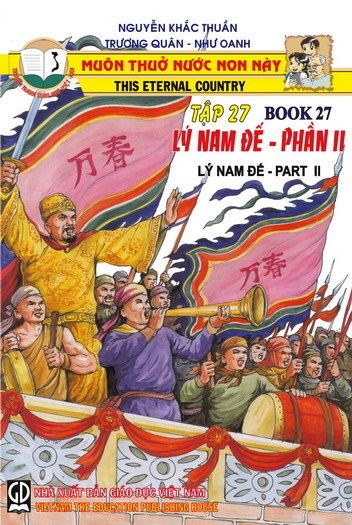Name Ly De | ||
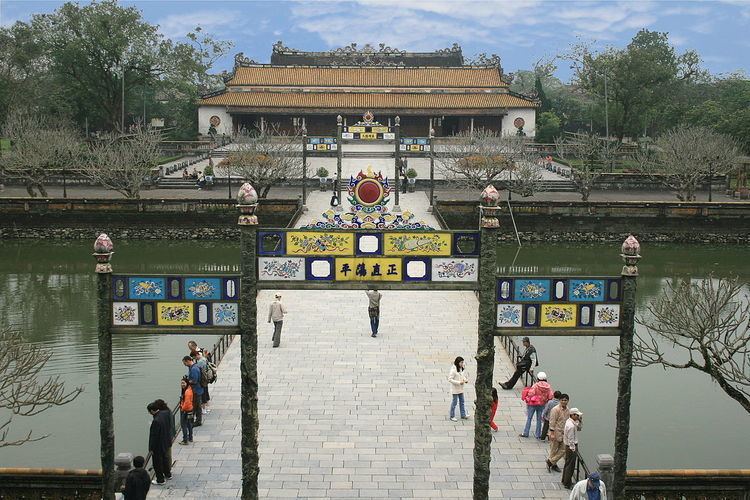 | ||
Ti u s vua l nam afo team
Lý Nam Đế (Chinese: 李南帝, 17 October 503 – 13 April 548) is the king of Annam who ruled between 544-8 and the founder of the Early Lý Dynasty.
Contents
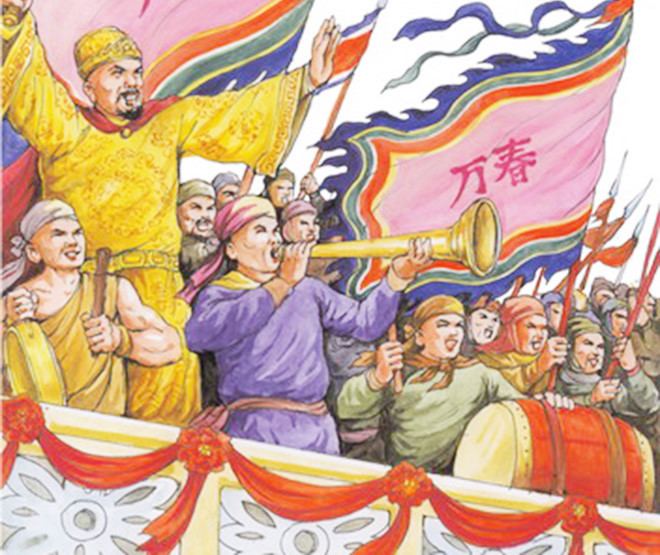
Biography
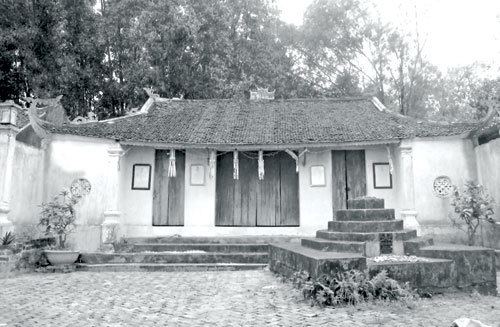
Lý Bôn (李賁) was of Chinese descent, the ancestors of his family were Chinese who fled Wang Mang's seizure of power during the interregnum between the Western and Eastern Han dynasties. He was a regional magistrate of Giao Châu (交州, Chinese: Jiaozhou), an area of northern Vietnam roughly corresponding to the area of modern Hanoi. In 541, during this time China was under constant civil warfare following the Southern and Northern Dynasties Period, he became increasingly frustrated with the corruption in the government and hostility toward the local population. Upon resignation of his post he gathered the local nobility and tribes within the Red River Valley (North Vietnam) mobilized the imperial troops and naval fleet of Jiaozhou and successfully expelled the Liang administration and led the insurrection that ended in 543. The following year in February 544, Lý Bí was declared "Emperor" by the people with the intention of demonstrating equal in power to China imperial rulers. He renamed the new empire "Vạn Xuân" (萬春, literally "Eternal Spring"). His imperial armies also repelled attacks from Champa in the south who had allied with Han's court at the time.

Lý Nam Đế established his capital at Long Biên (modern-day Hanoi), surrounded himself with effective leadership in military and administrative scholars. Lý Nam Đế was also strongly supported by famous military commander such as Phạm Tu, Triệu Túc, Tinh Thieu, and Triệu Quang Phục, (son of Triệu Tuc, later known as Triệu Việt Vương). The latter emerged as a hero in Vietnamese history and eventually succeeded Lý Nam Đế as ruler in 548. Lý Nam Đế built many fortresses at strategic locations throughout Vạn Xuân to fend off potential threats from Han in the north and from the Champa Kingdom in the south, he also established the first national university for mandarin scholars, implemented land reforms, and promoted literacy amongst the population. He laid the foundation for many reforms that modelled after the Chinese social structure.
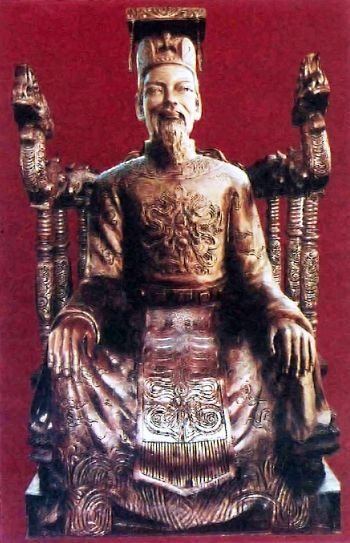
Stability of Vạn Xuân did not last long and in October 544, the Liang Dynasty retaliated against Vạn Xuân by sending 120,000 imperial troops to re-occupy the region. The Liang emperor sent one of his generals Chen Baxian (Trần Bá Tiên) and granted him sole command of the invading Liang forces. By spring of 545, Chen had marched his army into Vạn Xuân territory and laid siege and devastation to many cities. His initial invasion was stalled by Lý imperial forces for months. However, in the winter of 545, Chen laid a surprised attack on the capital during the monsoon season. Lý Nam Đế's imperial forces were caught off guard and the imperial administration was forced abandoned Long Biên and flee westward into neighboring kingdom of Laos. The Lý imperial forces were becoming weary and exhausted and Lý himself was increasingly ill due to months of being exposed in the wilderness. Lý Nam Đế realized that his illness would not enable him to rally the troops and accomplish a successful resistance against the imperial Chinese forces. In February 548, he relinquished imperial authority and transferred his power to his older brother Lý Thiên Bảo (co-ruler from 548 until his death in 555) and Triệu Quang Phục (r. 548–571), who was his best lieutenant and general.
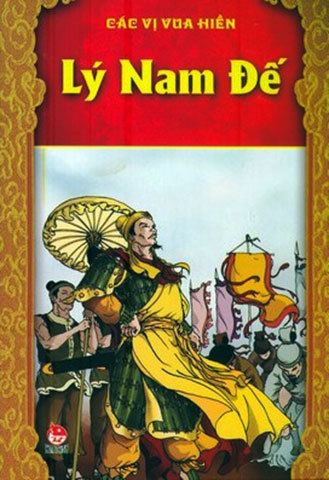
By April 548, after suffered from serious diseases for months, Lý Nam Đế died in Laos while fighting the Liang forces when local Laotian tribesmen assassinated him in hope for warding off the invading Liang army. His immediate successor was Triệu Quang Phục (thereafter known as Triệu Việt Vương which means Trieu Viet King). The new king continued the resistance and eventually drove the Chinese colonialism from Vạn Xuân in 550. Although China occupied Vietnam for approximately 1,000 years, Lý Nam Đế successfully established a Việt dynasty that gave Northern Vietnam approximately 60 years of independence in between those times.
Anterior Lý Dynasty
